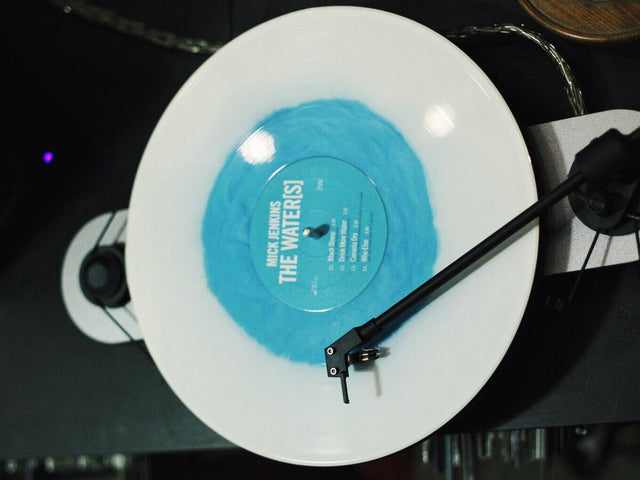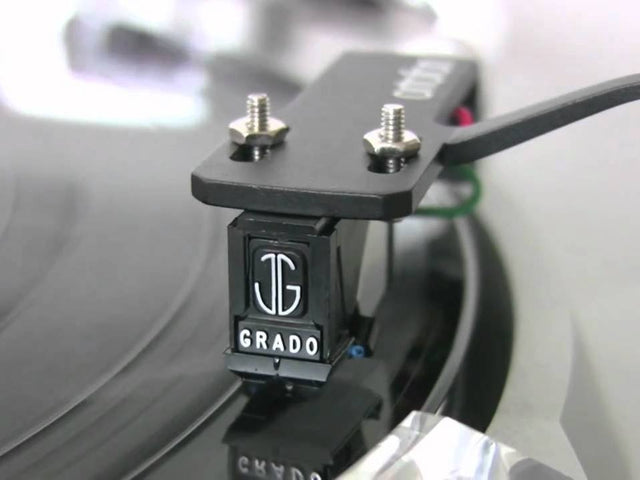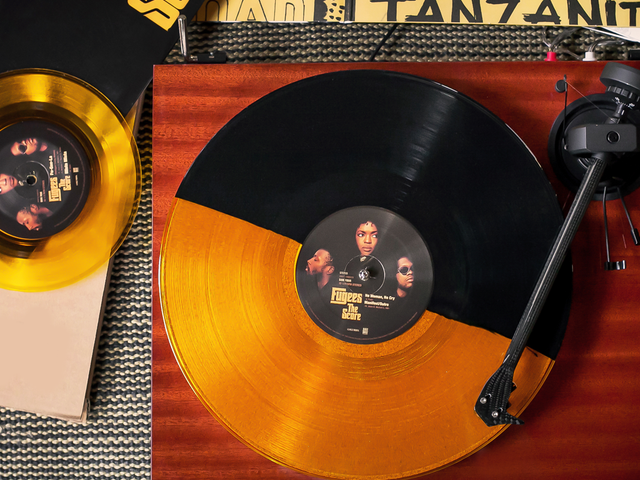No part of the business of listening to records might realistically be described as cutting edge. The 33rpm stereo LP is bordering on sixty years old, and while we've tweaked, prodded and refined the playback process, it still involves dragging a needle through a groove like the devil's own trench run. Despite this, there are some older aspects of vinyl that represent an interesting additional world of great music—the subset of mono and 78rpm pressings.
These two formats relate to one another—78rpm records are only ever mono—but need to be treated separately from mono recordings that play at 33 or 45rpm. As such, we'll start with mono and move into the world of 78s once we're comfortable with the basics. There is no better time to be looking at the fundamentals of mono playback- there has been a spate of re-releases of material in mono and many industry legends have appeared in the public eye saying that mono mastered versions of some very famous albums represent the best way to hear them.
So what is mono? At the simplest level, a mono recording is one where everything is produced via a single channel of sound. This means it makes use of a single speaker to produce the entire performance. Even though stereo recordings made their debut in the late 1950s, mono versions of many albums continued to be produced throughout the 60s and beyond. In some cases, the mono version is rather more commonly available than the stereo one.
There is also the potentially more important consideration that many albums from this period were written and envisaged by the artist to be mono productions. As noted, stereo technology had jumped through the hoops required to make it work in stages over the preceding twenty plus years and was available. This didn't suddenly mean that every studio instantly upgraded to offer it and, perhaps more intangibly, it didn't mean that every artist suddenly started thinking in stereo. When artists announce this is how you should be hearing their material, it is easy to assume this is down to a desire to make a bit more cash but in certain instances, there is some mileage in it.
So what do you need to play a mono record? Well, you need your record player and its supporting equipment and, um, that's it. A modern stereo cartridge will cheerfully track and play a mono record without the slightest danger of it being harmed. The information in the groove will make it to your left and right speakers as before but with the notable difference that your left and right channels will be identical. When the stereo LP format was developed, designers made sure that this new hardware could handle the older format in much the same way a Blu Ray player will play a DVD if you need it to.
If this sounds a little anticlimactic (and really it shouldn't, there's enough reasons to spend more cash in this game without another rearing its head), if you want to push performance a little more, you can do a few things to improve your mono playback. A stereo cartridge is going to be set for a stereo signal. When only encountering a single channel of signal, you can get an echo effect as the unused stereo channel repeats the signal a fraction of a second later. If you are serious about mono playback, you can purchase a mono only cartridge from around $90 and up. If you have an arm with a detachable headshell, you can simply swap it in or out when you need it. Real fans of mono will go to the effort of creating a completely mono path from needle to speaker but I'd suggest you would need to have a very healthy collection of mono recordings for this to be worthwhile.
If you are interested in the even more archaic world of the 78rpm record, there will be more in the way of hardware needs- not least the requirement for your record player to rotate at 78rpm. Why 78rpm? The answer is that nobody knows exactly—it seems to have been the speed selected for a reasonably successful early player and became a de facto standard from there on out.
While they look much the same as a more recent 33rpm LP, 78s are a rather different beast. Most of them are made of a shellac compound which has as a primary ingredient, a resin secreted by a South East Asian beetle. It results in a record that is rather thicker and heavier than a modern pressing and can only support a much wider arrangement of grooves which have a lower frequency response than a modern vinyl pressing. In turn the surface noise is generally higher too. The biggest weakness though is that if you drop or even simply handle a 78 record heavily, it will shatter—and that makes scratching something you're fond of look rather trivial by comparison.
So why bother? Beyond nostalgia, there is the fact that 78rpm records were the de-facto medium for many early jazz and blues artists and while some of this has been delivered on other mediums, a fair amount of it hasn't. This is essentially going back to the original source material. Also, that source material need not be expensive. While some records are extremely pricey- early rock and roll material in particular- there is plenty of fascinating content out there for peanuts.
As well as your 78rpm capable record player, you will need a cartridge designed for use with 78rpm records; the shellac material, wider grooves and higher rotational speed mean that playing them with a normal cartridge will do neither it not the record any favours. Examples of 78rpm carts can be had from $60 and to be honest, there is no real need to spend a fortune on one as the limiter in performance will be the record not the hardware.
While the performance of late 78rpm records got impressively close to that of contemporary 33rpm pressings, you will need to accept that even with high quality hardware, the performance they offer will struggle to be called 'hi-fi.' They are however uniquely interactive windows on the past that contain some great music. If you want to access a fascinating library of material, it is something that can be extremely worthwhile.
So why bother? Beyond nostalgia, there is the fact that 78rpm records were the de-facto medium for many early jazz and blues artists and while some of this has been delivered on other mediums, a fair amount of it hasn't. This is essentially going back to the original source material.
Ed is a UK based journalist and consultant in the HiFi industry. He has an unhealthy obsession with nineties electronica and is skilled at removing plastic toys from speakers.



